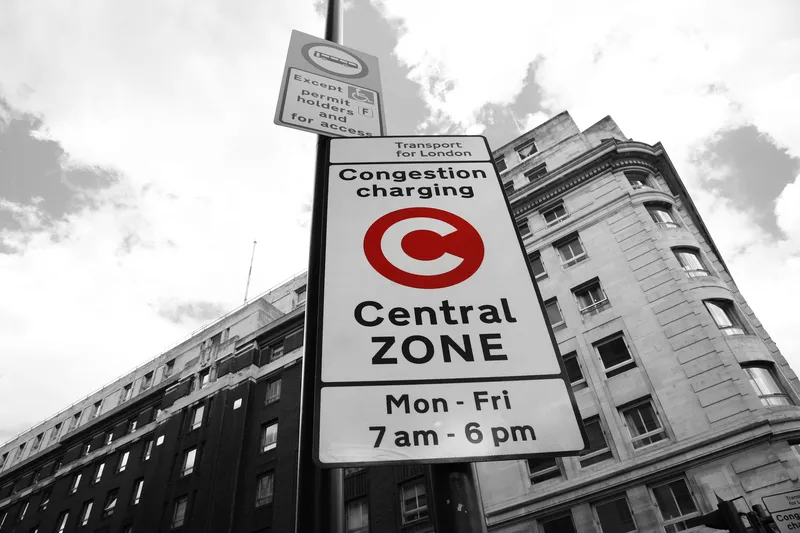
Debate over the wireless standards which will be vital for the safe deployment of connected vehicles (CVs) risks creating a 'missed opportunity', says one leading player in the Vehicle to Everything (V2X) sector.
Competing V2X technologies DSRC and cellular V2X (C-V2X) are vying for supremacy in the world's automotive markets.
In a wide-ranging interview with ITS International, Professor Paul Alexander, Cohda Wireless chief technical officer, said: "The challenges are there around the wireless standard for sure. Cohda is agnostic to either of those technologies."
While not wishing to be drawn on how the C-V2X versus DSRC competition might end, Alexander said: "I think one thing that's fairly obvious is that China will be a C-V2X world. So that's fairly plain. What's also true is that we have millions of VWs going out of the production line with DSRC ITS-G5 on them."
This creates a potential split across continents, he says. "What will be a pity to see will be some vehicles talking C-V2X and some vehicles that are talking ITS-G5 DSRC. And they won’t be able to see each other. That's just a missed opportunity."
He believes it will be possible to reconcile this to some extent - especially when it comes to safety.
"The first point is making sure they don't hurt each other," Alexander insists. "So at the very least, it needs to be that both systems can be effective in the presence of each other, even though they're isolated from each other - and I think that can be sorted out."
Ultimately he thinks that the market should not be the final arbiter.
"People talk about market forces sorting this out but I really think it's the regulators," he concludes.
"Regulators would like to say they don't want to specify technologies, but I do believe in this case it may be dangerous not to."
The full interview will be published in the July-August issue of ITS International










